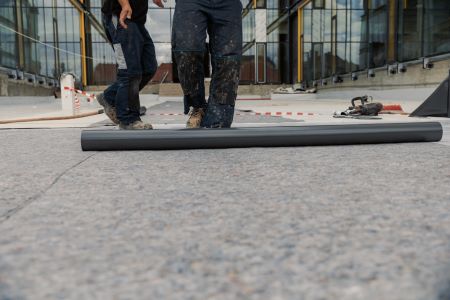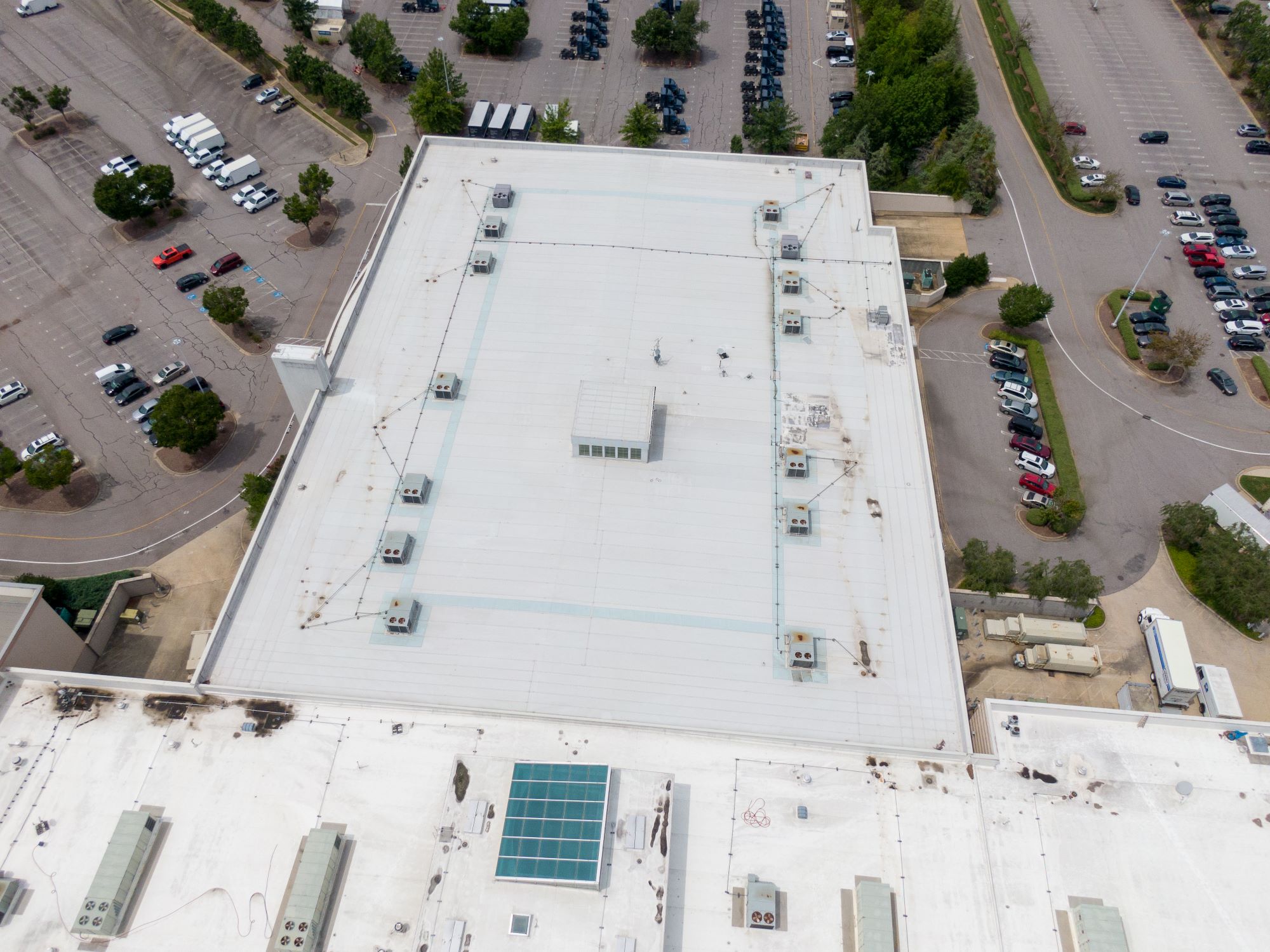When considering a residential roofing project, it’s crucial to be aware of potential drainage or ponding water issues that may arise during installation. These issues can have a significant impact on the longevity and performance of your roofing system. Therefore, it is essential to address them proactively to ensure your investment in a new roof is worthwhile. In this comprehensive guide, we will explore the potential problems related to drainage and ponding water in residential roofing and how they should be addressed during the installation process. Whether you are seeking roofing quotes or planning a roofing inspection, this information will help you make informed decisions about your roofing project.
Understanding Drainage and Ponding Water Issues
What is Drainage?
Drainage refers to the ability of a roofing system to channel water away from its surface efficiently. Proper drainage is essential to prevent water from accumulating on the roof and causing structural damage, leaks, or other issues.
What is Ponding Water?
Ponding water occurs when water accumulates and forms puddles or ponds on the surface of a roof. These areas of standing water can lead to various problems, including:
Increased weight on the roof structure.
Accelerated wear and tear on roofing materials.
Roof leaks and water damage to the interior of the building.
Algae and mold growth.
Decreased energy efficiency due to the loss of insulation properties.
Now that we have a basic understanding of these issues, let’s explore how to identify and address them during the residential roofing installation process.
Identifying Drainage and Ponding Water Issues
Before you start receiving roofing quotes or scheduling roofing inspections, it’s essential to identify any existing or potential drainage and ponding water issues in your roofing system. Here’s how you can do that:
Roof Inspection
A thorough roof inspection is the first step in identifying drainage and ponding water issues. You can hire a professional roofing contractor or perform a preliminary assessment yourself. During the inspection, look for the following signs:
Low spots or depressions on the roof surface where water may collect.
Cracked, damaged, or deteriorating roofing materials, such as shingles or tiles.
Clogged or damaged gutters and downspouts.
Signs of water staining on the ceiling or walls of your home’s interior.
Any visible signs of algae, mold, or moss growth on the roof.
Slope and Pitch of the Roof
One critical factor in drainage is the slope or pitch of your roof. Roofs are designed with a specific slope to facilitate water runoff. If your roof has a flat or low-slope design, it is more susceptible to ponding water. Understanding the slope and pitch of your roof is crucial in assessing potential drainage issues.
Obstructions and Debris
Overhanging trees, branches, and debris on the roof can hinder water flow and contribute to ponding water. Ensure that your roofing surface is clear of any obstructions and debris that might impede proper drainage.
Addressing Drainage and Ponding Water Issues
Once you’ve identified drainage or ponding water problems during your roof inspection or roofing quotes, it’s essential to address them effectively. Here are several strategies to mitigate these issues during the residential roofing installation process:
Roof Design and Materials
The choice of roofing materials and the design of your roof can significantly impact drainage. Work with your roofing contractor to select materials and designs that promote effective water runoff. Some options include:
Installing a roof with an appropriate pitch or slope to ensure water flows away from the surface.
Choosing roofing materials that are resistant to water damage, such as asphalt shingles, metal roofing, or PVC roofing.
Incorporating features like roof crickets or saddles to divert water around obstructions like chimneys or vents.
Improved Drainage Systems
Upgrading your roofing system’s drainage components is another effective way to address ponding water issues. Consider the following options:
Installing additional roof drains or scuppers to improve water flow.
Ensuring that gutters and downspouts are properly sized and free of debris.
Using roof coatings with reflective or cool roofing properties to reduce heat absorption and accelerate water evaporation.
Proper Installation
Proper installation is key to preventing drainage and ponding water issues. Ensure that your roofing contractor follows industry best practices during installation:
Use a quality underlayment to provide an extra layer of protection against water infiltration.
Seal all roof penetrations, such as vents, chimneys, and skylights, to prevent potential leaks.
Install flashing around roof edges, eaves, and valleys to direct water away from vulnerable areas.
Regular Maintenance
To maintain the effectiveness of your roofing system’s drainage, it’s essential to perform regular maintenance:
Clean gutters and downspouts at least twice a year to prevent clogs.
Trim overhanging branches and remove debris from the roof’s surface.
Schedule periodic roof inspections to identify and address any drainage issues promptly.
Hiring the Right Roofing Contractor
To ensure that drainage and ponding water issues are adequately addressed during your residential roofing installation, it’s crucial to hire the right roofing contractor. Here are some tips for selecting a reputable contractor:

Research and References
Start by researching local roofing companies and reading customer reviews. Ask friends, family, or neighbors for recommendations. A reliable contractor should be able to provide references from past clients who can attest to their work.
Licensing and Insurance
Verify that the contractor is properly licensed and insured. This ensures that they meet the necessary qualifications and have coverage in case of accidents or damages during the project.
Experience and Expertise
Choose a roofing contractor with extensive experience in residential roofing. Experienced contractors are more likely to identify and address drainage issues effectively.
Written Estimates and Contracts
Request written roofing quotes from multiple contractors. Review the estimates carefully, and ensure they include details about addressing drainage and ponding water issues. Once you choose a contractor, have a written contract that outlines all aspects of the project, including warranties and guarantees.
Communication
Effective communication is essential throughout the roofing project. Choose a contractor who is responsive to your questions and concerns and keeps you informed about the progress of the work.
When it comes to residential roofing, addressing drainage and ponding water issues is crucial to the long-term health and performance of your roof. Whether you’re seeking roofing quotes or planning a roofing inspection, being aware of these issues and their solutions is essential. Proper design, materials, installation, and maintenance can help mitigate drainage problems and protect your investment.
In summary, remember the following key points:
Understand the importance of drainage and the potential problems associated with ponding water.
Conduct a thorough roof inspection to identify existing issues.
Consider the slope and pitch of your roof when assessing drainage.
Address drainage and ponding water issues through roof design, materials, drainage systems, and proper installation.
Choose a reputable roofing contractor with experience in residential roofing and effective communication skills.
By following these guidelines, you can ensure that your residential roofing project addresses drainage and ponding water issues effectively, providing you with a durable and reliable roofing system that will protect your home for years to come.

